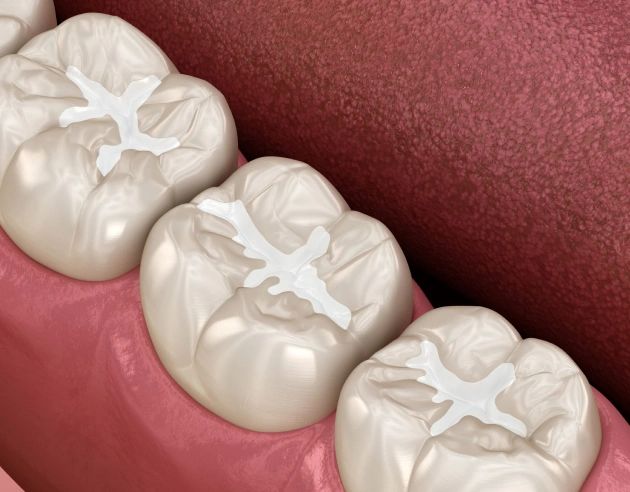Pay Online

Protect Your Teeth with Dental Sealants
What To Know About Dental Sealants
Dental sealants are a thin, protective coating, often made of plastic, designed to bond to the chewing surfaces of your back teeth. This treatment is effective for patients of all ages, but it's particularly common for children as a preventive measure against cavities. The application of sealants is quick and can be done during your regular dental cleaning and exam.
If you’d like to learn more about how dental sealants can help protect your teeth from cavities or if you’d like to schedule an appointment to have them applied, please don't hesitate to contact us at (209) 599-9951. We're here to help keep your smile healthy for years to come!
Helps Avoid Cavities
Long-Lasting Protection
Especially Great for Children
Fast, Painless, Easy Application
Who Can Get Dental Sealants?
- School-age children
- Adults with a history of cavities
- Individuals looking for additional protection against tooth decay
What To Expect From A Dental Sealant Treatment
- The first step is to assess the tooth or teeth that need to be sealed. If any decay is detected, it will be removed.
- Afterwards, a solution will be applied to enhance the bonding of the sealing material to the tooth surface.
- Now it's time to apply the sealant! We will carefully paint it onto the tooth and utilize a curing light if necessary. And that's all there is to it!
